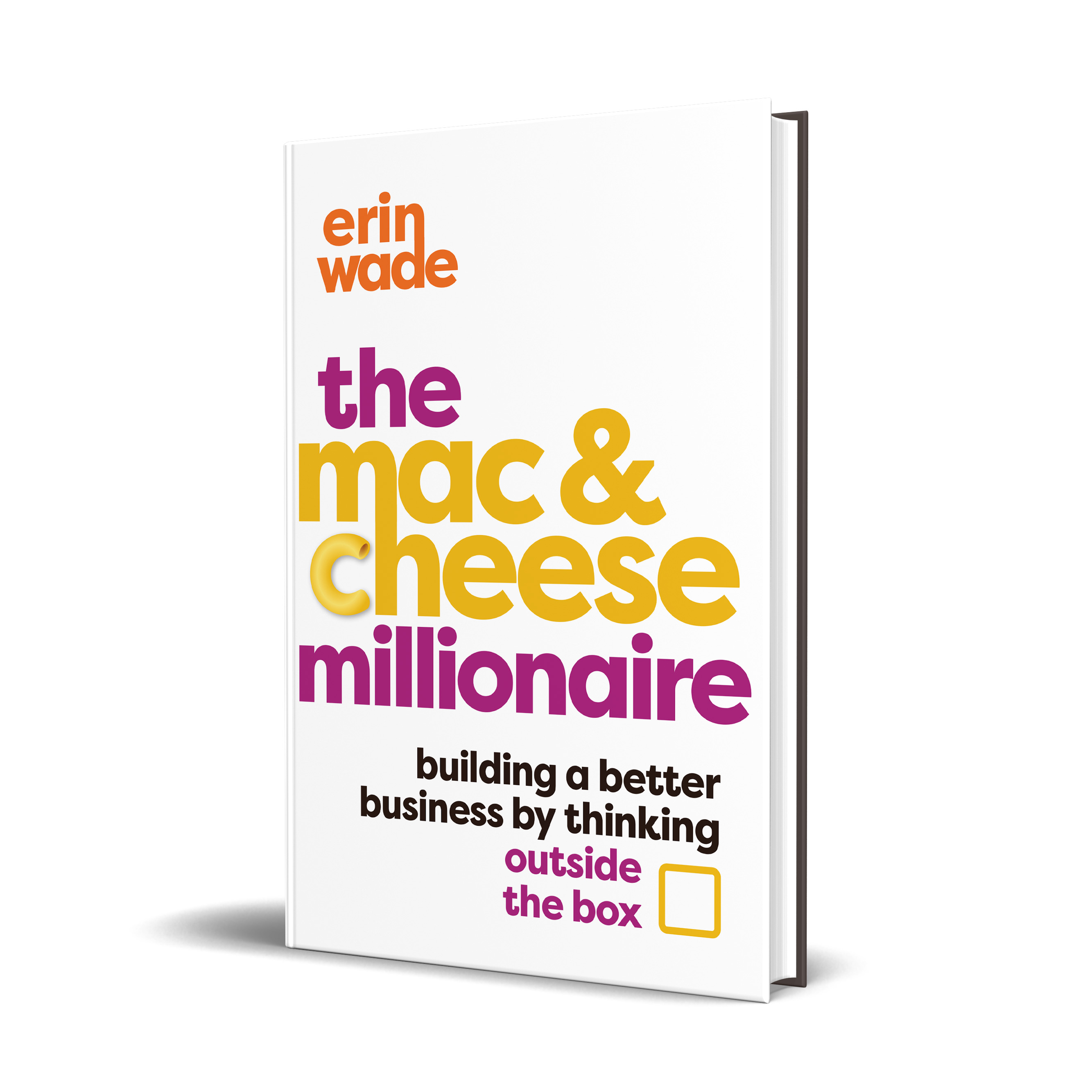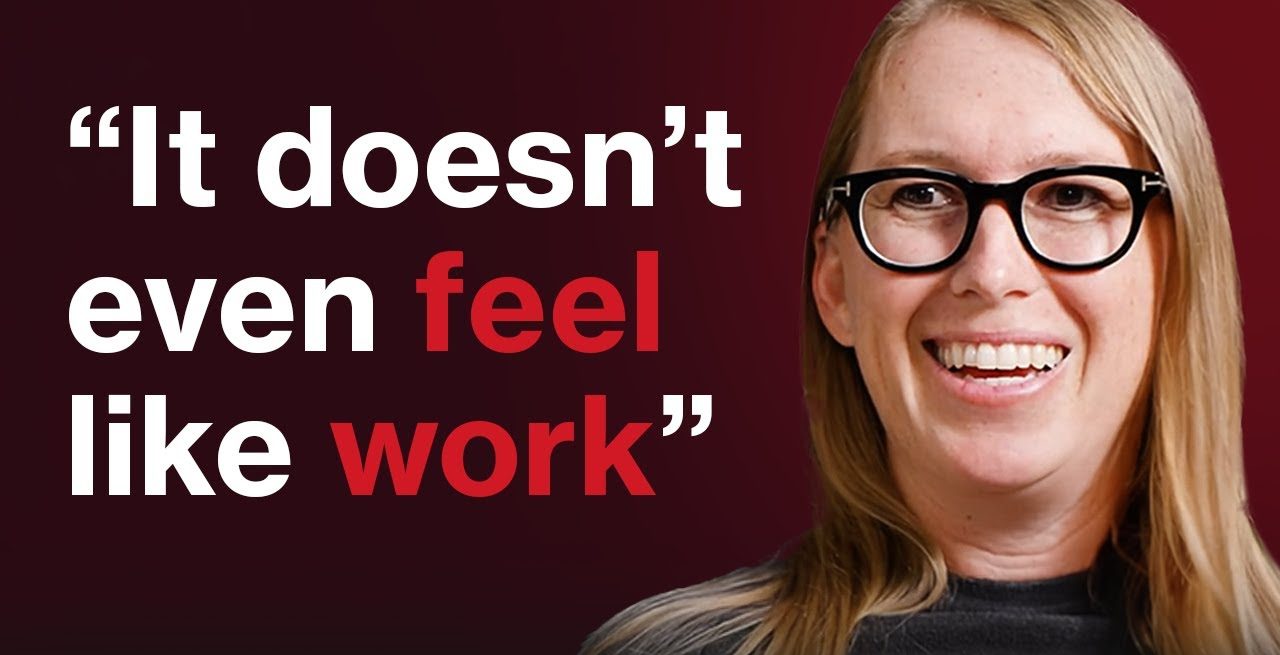The Mac & Cheese Millionaire: Encouraging Open Communication to Bridge Thorny Conflicts
How do you build a company that people will love working for?
That’s one of the questions chef and entrepreneur Erin Wade tackles in The Mac & Cheese Millionaire: Building a Better Business by Thinking Outside the Box. Sharing her follow-your-passion journey from corporate law to operating Homeroom, a mac and cheese restaurant, Wade offers practical and entertaining anecdotes on creating a vital company culture with meaning, purpose, and connection. Each chapter is devoted to a specific value, giving a clear roadmap for aligning work and values.
"In my life, I had not experienced the kind of leadership at work that I wanted to emulate, so I had to ask myself what my values were and try to build my company around them," Wade stated. "I had experienced very masculine work environments based on competition and individual success- which didn’t speak to me. So I spent over a decade figuring out how to build something different–a company based on collaboration and group success– which felt authentic to who I am. I believe there are a lot of people out there for whom the traditional model isn’t working, and if so, my book gives them a guide to do it differently. But even if my paradigm doesn’t suit them, then I hope that my story gives them the inspiration to keep plugging along to figure out what does."
What are some of Wade's strategies for creating a one-of-a-kind culture based on greater meaning and purpose?
"The secret to building a work culture with greater meaning and purpose is a focus on collective success. What I mean by collective success is making decisions with an eye towards maximizing the positive impact for employees and customers as well as the company’s bottom line. Most corporate decision-making is very focused on financial results–like whether or not to remain open on a holiday would hinge on whether or not it would be profitable. But, if the goal was to maximize the benefit to all stakeholders, that same company might make a different decision or alter it."
In the clip above from The Knowledge Project Podcast, Wade discusses her journey, while the excerpt below delves into the subject of conflict resolution.

Encouraging Open Communication to Bridge Thorny Conflicts Between Work and Life
“I think we should be closed this Fourth of July,” said Diego. “I have a family BBQ I want to make.”
“I think we should be open,” said Jose, a worker from the kitchen sitting in on the meeting. “Most of the people in the kitchen need to make money that day—our families depend on it.”
As the conversation devolved into competing arguments, I found myself asking: What should matter the most? Sales? Profitability? Work/life balance? Employee compensation? Guest happiness? Public perception? Having systems in place to measure all the things we cared about was really helpful, but we still needed a consistent way to make decisions using the data we collected—especially when they were at odds with each other. I had been considering the kind of team we wanted to be—were we merely playing with each other, or at some kind of larger game?
“What if it all matters?” I asked. “What if instead of pitting one group against another, we considered all the groups at once?”
“What do you mean?” asked Diego.
“What if we gave equal weight to the needs of not just the staff, but of the guests, and the business itself, and tried to maximize the collective success of the group? We could measure it and make a decision.”
I drew a Venn diagram on the board, with three concentric circles and a middle area of overlap.
“What I want is to make a decision that lands right here,” I explained, pointing to the center “Not just in any single area.”
“Maybe we could break out into groups and brainstorm for a bit?” asked Cal. “Like, split into groups that represent the team, the company, and the customer? We could all do a little brainstorm session and then present on the needs of that group?”
“Sounds great,” I said. “What do others think?”
The group nodded in agreement. “Okay,” I said, “let’s get to work.”
Cal broke the entire team into three groups and sent them off to different areas of the room to collaborate. The goal was for each team to put themselves in the shoes of the group they were representing—the employees, the company, and the customer—and to brainstorm as thoroughly as possible how to best meet the needs of that group alone. The chatter in the room grew loud as everyone got started, and it was punctuated by the occasional outburst of laughter. I didn’t put myself in a group, and instead floated to each one to overhear their discussions. Some staff jumped enthusiastically into the exercise, really getting outside themselves and into the needs of whoever they were representing. Other staff seemed to struggle to see beyond their own personal desires and kept asserting them in spite of the instructions. After about 15 minutes, Cal called time and invited all the groups back to the table to share what they came up with.
“Dre—do you want to kick us off with the customer?” asked Cal.
“Absolutely!” replied Dre. “Our group tried to put ourselves in the shoes of our guests and our community, and it was pretty clear that from the customer perspective, having Homeroom be open is a must. Mac and cheese is such a great food for the holiday, and it’s hard to imagine why customers would have an interest in us being closed. Also, could we do a special or something, just to make the holiday more fun?”
Cal wrote Dre’s main points up on the board under the heading of “Customer” and called on the next group.
“Hey there,” said Mick, “My group worked on the employees, and the results were pretty mixed. We started by taking a vote of the employees in our group, and it was split 50/50 between people who wanted to work the holiday and those who would prefer to have it off. Honestly, that made it pretty hard to say what the business should do if it was making this decision from the employee perspective.”
“Interesting,” said Cal. “But I think for this exercise, you have to take a position. Is that possible?”
“Well, we thought that maybe some kind of compromise position would be best. Like stay open for half the day instead of the whole day, staff it with all volunteers, or introduce holiday pay.”
“Thanks, all,” said Cal, writing the points up on the board. “Great work. Next up!”
Felicia stood up from her seat and proceeded to the front of the room. “My team worked on the business perspective. We found this a bit tricky because we weren’t totally sure what the businesses interest is. If it is just being profitable, then it seems like being open for the day makes sense. But is profitability the only interest of the business? Erin—we were hoping you could clarify?”
I paused.
“If I had to put it into words, I guess I’d say that the company’s interest is sustainable profitability. Like, it would be profitable to be open on Christmas because we’d have killer sales, but I wouldn’t describe it as sustainably profitable. The impact on staff morale would be so negative that I think it would hinder our ability to retain good people or provide a good experience that day, and in the long run, that would undercut our profitability.”
“So, to put it all together,” Cal said, pointing to the center of the Venn Diagram. “We should be open on Fourth of July because on balance, it is in the best interests of the company, the community, and the staff. And to maximize the positive impact on all of the above, we can decide if we want to take volunteers to work, institute holiday pay, or adjust hours for our employees. And for our community, we are going to plan something special—whether a dish, or a special event—to amplify our positive impact on the holiday for our customers.”
Adapted with permission by the publisher, Wiley, from The Mac & Cheese Millionaire: Building a Better Business by Thinking Outside the Box by Erin Wade. Copyright © 2024 John Wiley & Sons, Inc. All rights reserved. This book is available wherever books and eBooks are sold.

